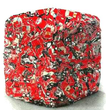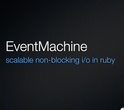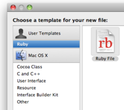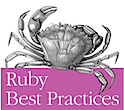 In November 2007, we casually mentioned a new Ruby webapp library called Sinatra. It took a year to capture the imagination of the Ruby community as a whole and we eventually covered it in more depth but today we’re proud to (exclusively) announce that Sinatra has today reached its landmark 1.0 release!
In November 2007, we casually mentioned a new Ruby webapp library called Sinatra. It took a year to capture the imagination of the Ruby community as a whole and we eventually covered it in more depth but today we’re proud to (exclusively) announce that Sinatra has today reached its landmark 1.0 release!
Impromptu release party in the official #sinatra channel on irc.freenode.net, anyone? :-)
Sinatra is well known in the Ruby community for providing developers with a simple way to put together Web apps big and small. The canonical ultra-simple example:
require ‘rubygems’
require ‘sinatra’
get ‘/hi’ do
“Hello World!”
end
Sinatra’s lead developers — Ryan Tomayko, Simon Rozet, and Blake Mizerany — have done a great job, along with about 50 other contributors, to produce a slick and powerful Web application DSL for Rubyists. Read More











 Want to develop a Mac OS X app without getting waist deep in Objective C?
Want to develop a Mac OS X app without getting waist deep in Objective C? 




 Robert Klemme walks through
Robert Klemme walks through 




